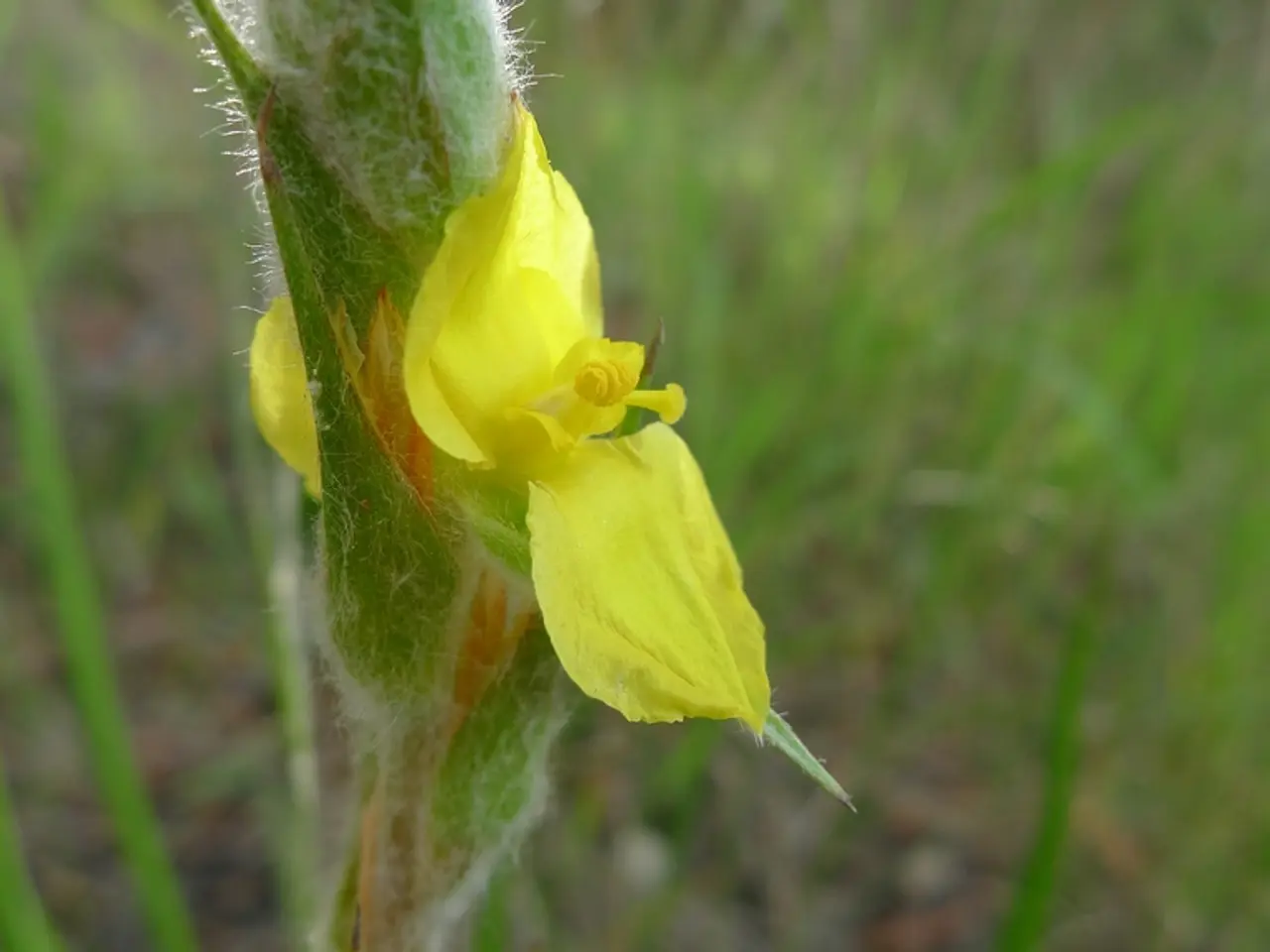Destructive Torpedograss: Strategies for Torpedograss Elimination
In North America, the torpedograss weed has become a common and persistent nuisance for many homeowners and gardeners. Originally introduced as a forage crop from Asia and Africa, this perennial weed (Panicum repens) has proven to be nearly indestructible.
Torpedograss pierces the soil with pointed rhizomes that can grow a foot or more into the earth. Its grayish green colour and stiff stems with thick, rigid, flat or folded leaf blades make it easily recognisable. The weed spreads not only through its abundance of seed but also from even tiny fragments of rhizome. This means that any part of the rhizome that remains in the soil will resprout and produce new plants.
Controlling torpedograss can be challenging due to its unpredictability. Hand pulling is generally ineffective as it leaves behind rhizomes, causing more problems later. Weed barriers have little effect on torpedograss, and mulching can deprive it of sunlight and water, but these measures are not sufficient for long-term control.
Expert tips for managing torpedograss tend to point toward chemical, not mechanical measures. Herbicides containing glyphosate or imazapyr are commonly recommended for effective control. However, care should be taken when using such solutions to avoid affecting surrounding plants.
For those who prefer non-chemical methods, digging up the roots of torpedograss can be a safe and effective solution. This method may need to be done multiple times to ensure all rhizomes are removed. Another option is the use of horticultural-strength vinegar, or a mixture of horticultural vinegar, dish soap, salt, and water. Some studies show burning as being effective for torpedograss control.
Ignoring torpedograss and mowing it along with the other grasses in the lawn can be considered, but this approach may not eliminate the weed and could allow it to spread further. Torpedograss can flower all year long, and its inflorescence is a vertical loose panicle, 3 to 9 inches long.
Some may find the use of chemicals or other methods unappealing and prefer to let torpedograss coexist with other plants in their landscape. While this approach may not eliminate the weed, it can help to minimise its impact and prevent it from taking over the entire garden.
In conclusion, managing torpedograss requires tenacity and often multiple approaches. Whether through chemical or non-chemical methods, care and persistence are key to successfully controlling this invasive weed.
Read also:
- Benadryl: Impact on Pregnancy, Breastfeeding, and Beyond
- Affordable Luxury and Economy Converge in the 2025 Lexus LBX: Compact luxury car unites budget-friendly pricing, efficiency
- Company manufacturing Plumpy'Nut is thrilled beyond belief!
- Enhancements to Networking in Senior Care, Fedding Positive Experiences for Service Providers and Elderly Residents







